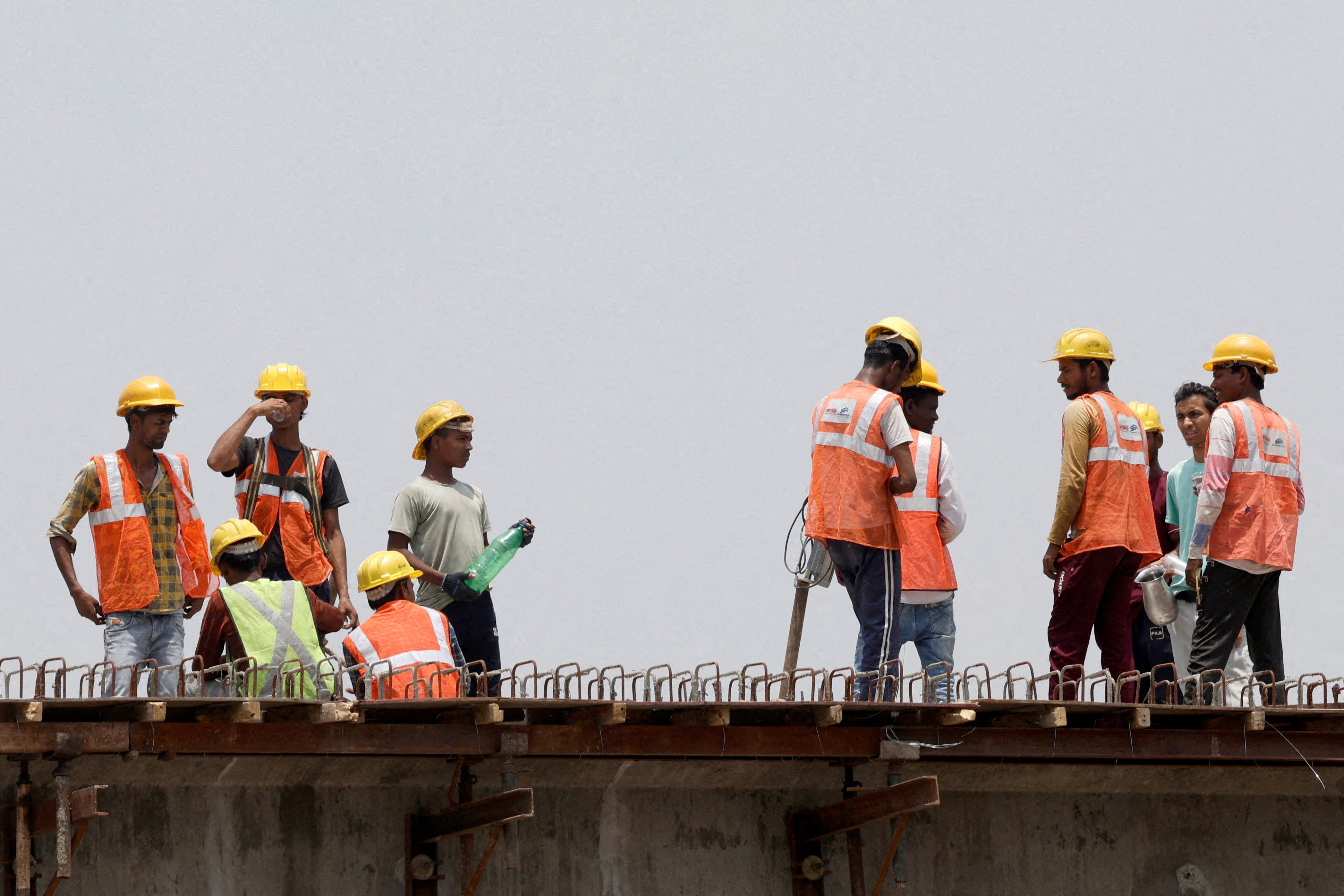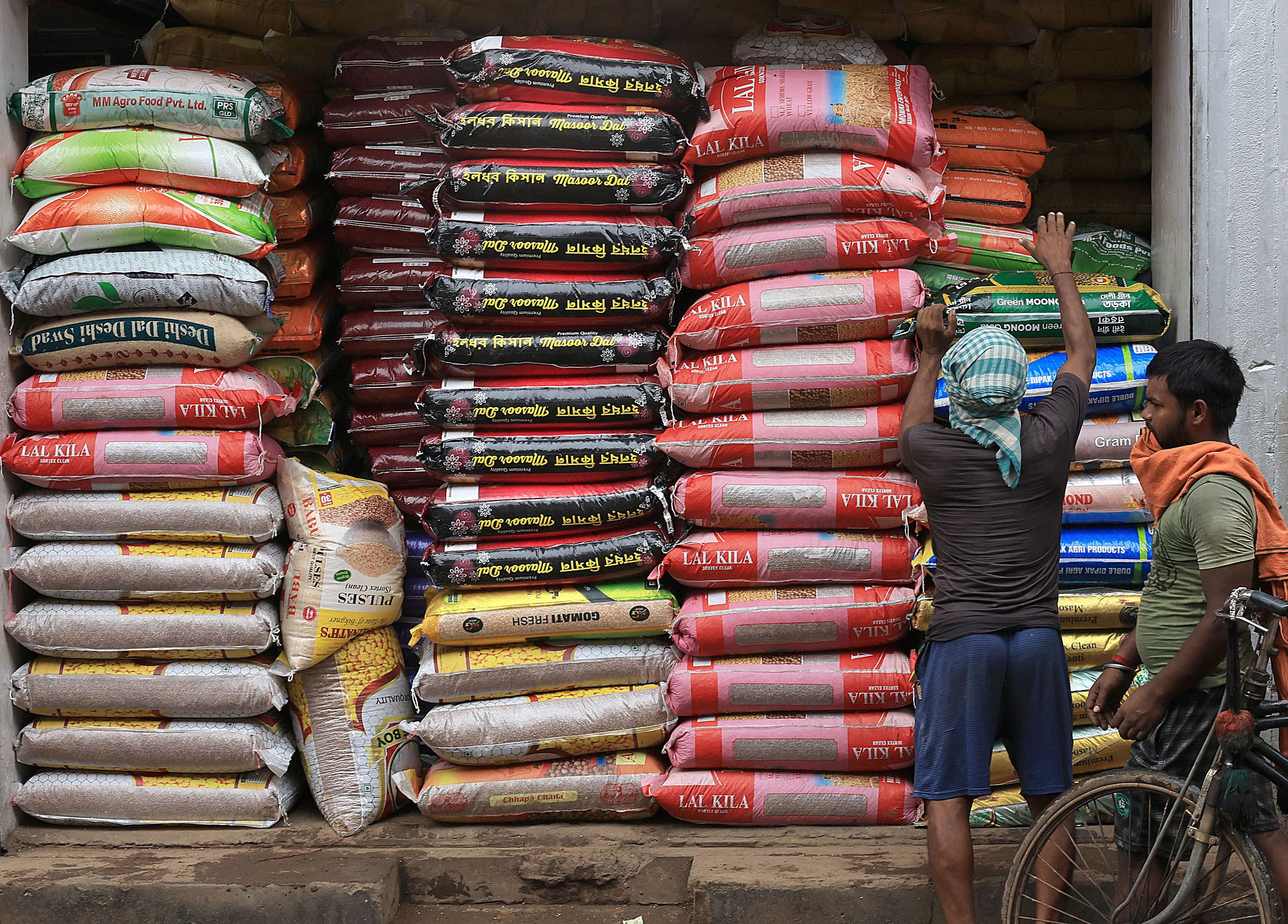Jobs
Employment figures a blow for Modi ahead of Budget as 1.6m jobs lost

India’s unorganised sector, seen by many as the driver of its economy, lost at least 1.6 million jobs between 2015 and 2023, according to a recent government survey that underlines deepening concerns around unemployment in the country.
This is the first time employment figures for the unincorporated sector have been released since 2017, drawing focus to the economic impact of the pandemic as well as policy decisions made by Narendra Modi’s government, particularly the overnight demonetisation of the bulk of currency notes in 2016 and the Covid lockdown in 2020.
Mr Modi rode to power in 2014 on a promise of creating 20 million new jobs per year as the keystone of his development agenda. But a growing unemployment crisis has instead become a major talking point in the country and has been cited as one of the main reasons for the ruling party’s below-par performance in the recent national election.
The newly released survey by the Ministry of Statistics and Programme Implementation found that India had over 109.6 million people working in the unincorporated non-agricultural sector between October 2022 and September 2023. This sector relates to businesses that have not been set up as separate entities, and includes sole traders like street vendors as well as their unpaid family members and hired workers.
The figure stood at 111.3 million in 2015-16, The Indian Express reported citing government data from 2017. This means the unorganised sector lost at least 1.6 million jobs over eight years.
At the same time, Mr Modi claims to have created over 80 million jobs in just the last three to four years. “The country’s people are clever and the public is recognising this,” the prime minister during a visit to the financial capital Mumbai over the weekend where he also attended the grand wedding ceremony of the son of Asia’s richest man Mukesh Ambani.

Mr Modi was speaking after the Reserve Bank of India released a report stating that the employment growth rate had nearly doubled in the last fiscal year, far exceeding estimates put out by private surveys that point to high joblessness rates in the South Asian country.
According to the central bank’s report, released on 9 July, the overall employment rate rose from 3.2 per cent in 2022-23 to 6 per cent in 2023-24, meaning the country created more than 46.7 million jobs in that time.
In total, the number of employed people increased from 596.7 million in March 2023 to 643.3 million in March 2024. Most of the new jobs, 18.5 million, came from agriculture and allied sectors while 4.8 million appeared in construction, The Times of India reported.
In the previous fiscal year, in contrast, India had created about 11 million new jobs, the central bank said in the report that covered 27 industries from agriculture to manufacturing and services.
It used data from the National Accounts and the Ministry of Labour to extrapolate productivity and employment levels but didn’t give a breakdown of the new jobs created by sector, Reuters reported.
But economists cautioned that the central bank’s report did not tell the whole story. They noted that much of the growth in employment came from unpaid work and temporary farm labour which cannot be compared to formal employment with regular wages.
“What is clear is that there is a large increase coming from agriculture and from self-employment, which includes own account work or unpaid family work,” said Amit Basole, head of the Centre for Sustainable Employment at the Azim Premji University.
The central bank’s report showed agricultural work contributed 48 million of the 100 million jobs created between 2017-18 and 2022-23, Mr Basole noted. “I wouldn’t call them jobs,” he said. “They are just people working in agriculture or in non-farm self-employment because of lack of adequate demand for workers from businesses.”

The Reserve Bank’s report came on the heels of a Citibank assessment earlier this month that even a GDP growth of 7 per cent would only create eight to nine million jobs in India, short of the 11-12 million needed.
“Even 7 per cent GDP growth might not be able to fulfil the job requirement over the next decade,” Citibank’s chief India economist Samiran Chakraborty wrote in the assessment.
The Centre for Monitoring Indian Economy, a private think tank that tracks joblessness, estimated that India’s unemployment rate rose to eight per cent in 2023-24 from 7.5 per cent and 7.7 per cent in the preceding two financial years.
The federal labour department countered the Citibank report claiming that its own estimate suggested that over 20 million employment opportunities were created on average every year between 2017-18 and 2021-22.
The opposition lashed out at such claims by the Modi government and accused the prime minister of weaving a “web of lies”.
“I want to remind you again what you said while announcing the National Recruitment Agency,” Congress party leader Mallikarjun Kharge said, addressing Mr Modi. “In August 2020, you said the NRA will prove to be a boon for crores (tens of millions) of youth. Through the common eligibility test, it will eliminate multiple examinations and save precious time as well as resources. It will also give a big boost to transparency. Why, despite providing a fund of Rs 1,517.57 crore to NRA, only Rs 58 crore has been spent so far in 4 years?”


)






